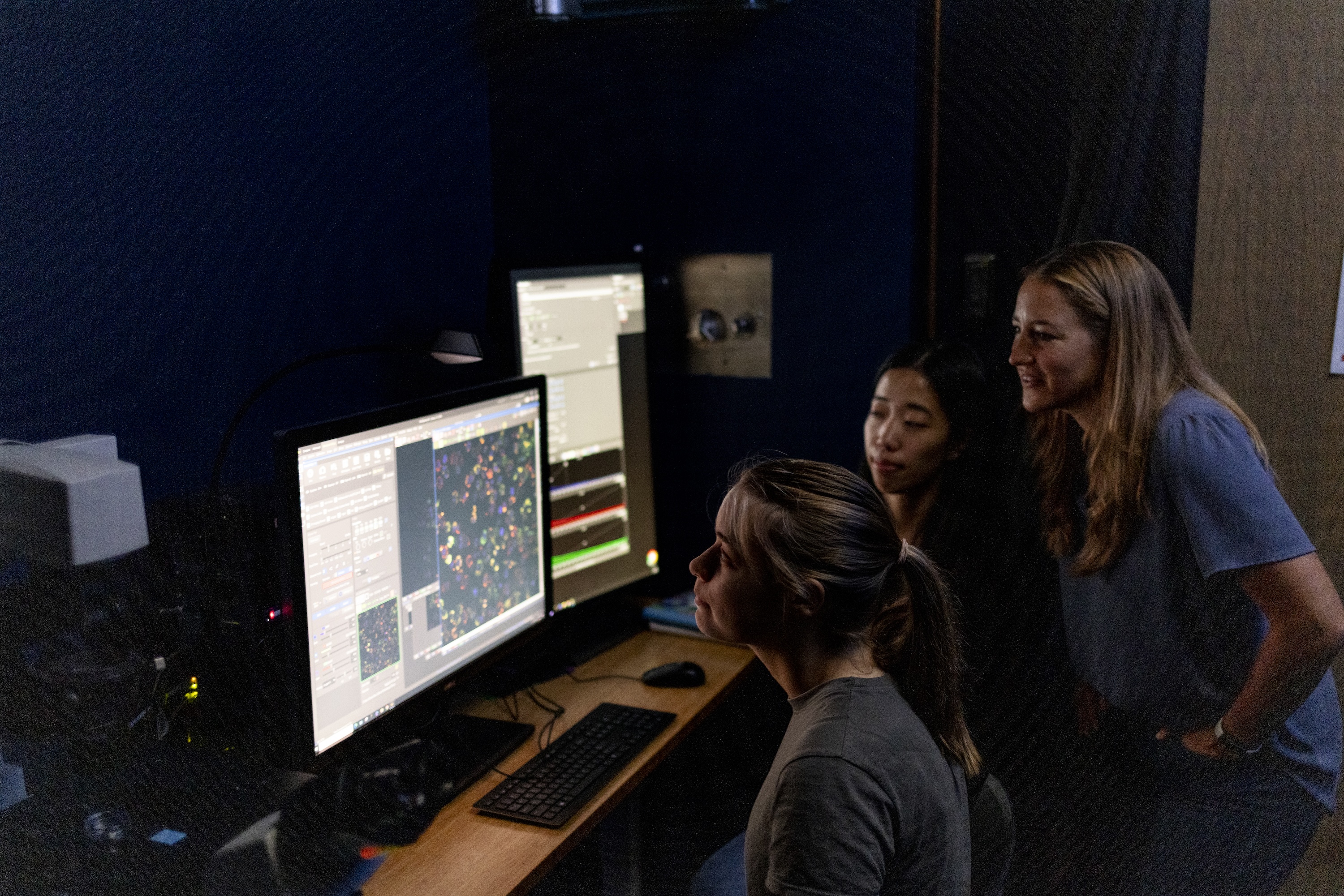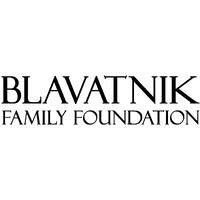September 9, 2025

Elizabeth Nance, Department Chair and Jagjeet & Janice Bindra Endowed Career Development Associate Professor of Chemical Engineering, has been named a finalist for the 2025 Blavatnik National Awards for Young Scientists. She has been recognized for her pioneering work in brain tissue modeling and nanoparticle engineering for targeted treatment of newborn and pediatric brain injuries.
The Blavatnik Awards honor the most innovative young faculty in America, recognizing both their past achievements and future potential working in the areas of Life Sciences, Chemical Sciences, and Physical Sciences and Engineering. This year’s finalists were selected by an independent jury of expert scientists, from a pool of 310 nominees representing 161 academic and research institutions across 42 U.S. states.
Nance’s nomination highlights her years of interdisciplinary and collaborative work at the intersection of engineering, neuroscience, data science and translational medicine. The Nance Lab is motivated by the rate of neurological conditions that develop from brain injuries occurring during the prenatal phase of life, and the lack of therapies that exist for these conditions, particularly in newborn babies and children.
Currently, members of the Nance Lab are working on several projects, from making and evaluating therapies to developing living tissue models of brain injuries. This work helps to further understand how therapies behave, how safe they are, and where they go once inside the body.
Developing therapies for an overlooked population
Neonatal brain injuries and their antecedents are some of the most common causes of death and disability globally. There is a critical global need for therapies for neonatal and pediatric brain injury, as well as a significant gap in technological development for these populations. Reasons behind this gap include perceived difficulty leading scientists to pursue other fields, a lack of industry investment due to the relatively small financial return from this population, and the inability to develop and screen therapies at scale in clinically-relevant models.
In order to be useful in neonatal clinical trials, a therapy has to be simple to administer, shelf-stable, and have a low-risk safety profile. The Nance lab has pioneered multiple novel therapeutics that show high promise for translation, like a nanoparticle that can be delivered intranasally to treat newborn brain injuries resulting from fetal growth restriction.

(From left) Nance Lab members Sofia Dahlgren and Ruby Jin, along with Elizabeth Nance, examine results in the lab. Photo by Dennis Wise.
Wrap around text goes here.
Identifying a point of failure in research
There has long been a distinction in the data reported on the occurrence and death rate of neurological disease. Incidence rates are higher and outcomes are worse in individuals living in low-resource settings compared to individuals in high-resource settings. However, many models used to study and test therapies in early exploratory and fundamental research do not capture this distinction.
Recent work in the Nance lab focuses on developing living tissue models of brain disease in the low resource setting, including models that allow study of the highly restrictive blood-brain barrier.
Of the finalists selected for the 2025 Blavatnik National Awards for Young Scientists, three will be named Laureates and receive a $250,000 prize at a Gala Ceremony in New York City on October 7, 2025.

